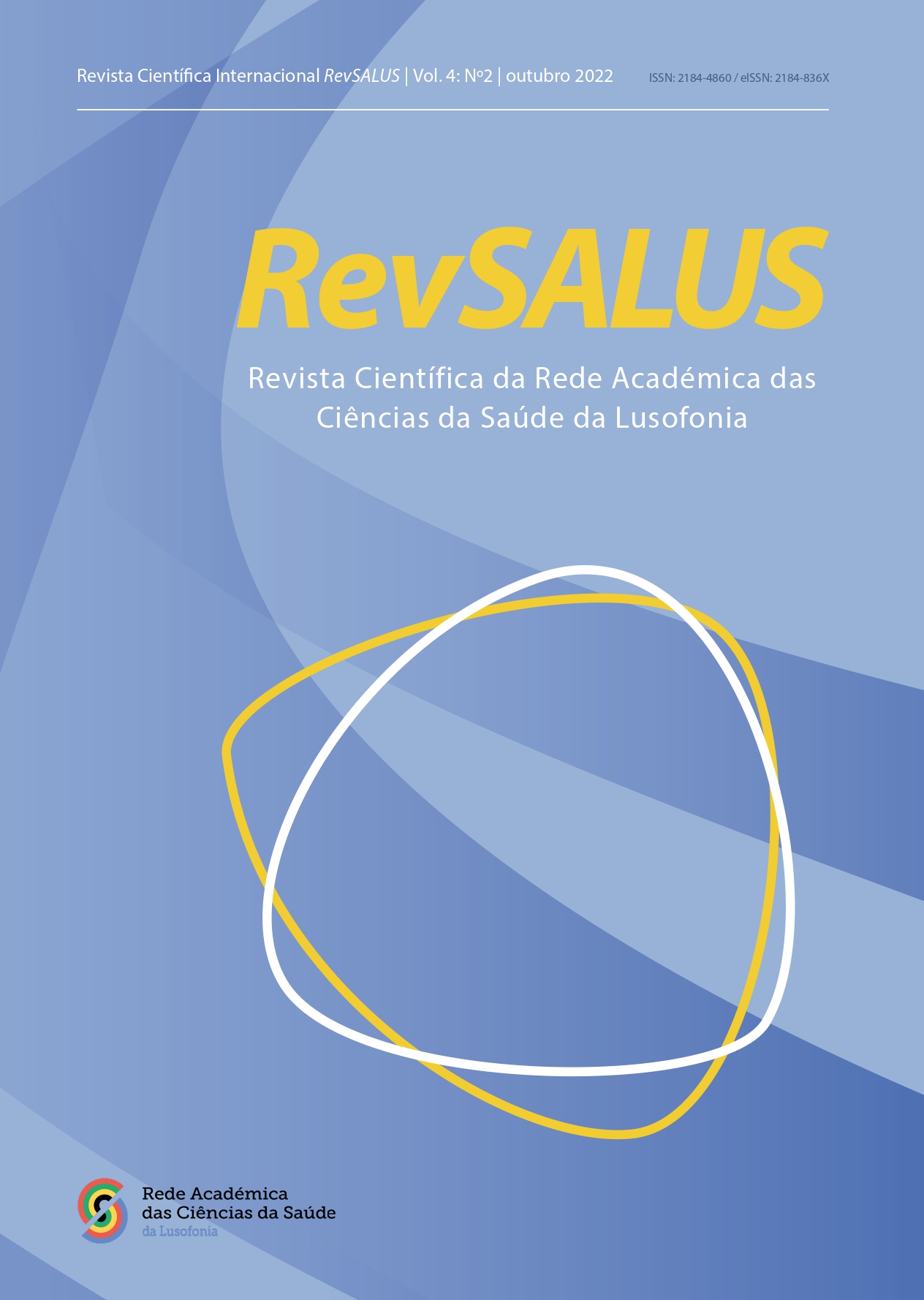Training in occupational therapy: design of a curriculum transformation project for the 21st century
DOI:
https://doi.org/10.51126/revsalus.v4i2.187Keywords:
curriculum redesign, occupational therapy, innovation, action research methodsAbstract
Introduction: The development and redesign of curricula is seen as a key activity of higher education institutions. At the international and national level, there is an evident growing interest in research in curriculum design, and in creating diverse educational paths that correspond to the aspirations of the population's future and the needs of society. The paradigm shifts that have occurred in recent years make this reflection urgent in occupational therapy. Objective: This study intends to design the project of a curriculum revision for an occupational therapy program. Material and methods: In this 1st research cycle, an action research methodology was used. Participants in the study were grouped into two teams, a nuclear one, composed of two full-time staff and an extended one, integrating three more staff members, also full-time. Participatory methods were used to involve staff in moments of reflection. In key stages of the process, a group of experts in the field of curriculum redesign has been used to support the reflection. Results: Obtention of a consensus version of the project design, namely, 1) vision, mission and values; 2) objectives aimed at the curriculum, students and teachers; 3) actors in the process and their distribution by domains in their areas of competence and 4) selection of Theory U to guide the process of curricular transformation. Conclusion: The action research methodology and participatory methods, together with the use of a group of experts, allowed participants to reach a consensus version on the main aspects to include in the curriculum transformation process.
Downloads
Downloads
Published
Conference Proceedings Volume
Section
License
Copyright (c) 2022 RevSALUS - International Scientific Journal of the Academic Network of Health Sciences of Lusophone

This work is licensed under a Creative Commons Attribution 4.0 International License.
You are free to:
Share — copy and redistribute the material in any medium or format;
Adapt — remix, transform, and build upon the material for any purpose, even commercially.









